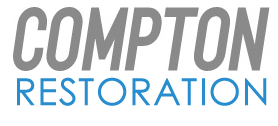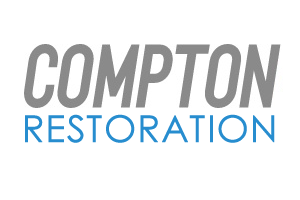Property Restoration Services
Rebuilding Hope: The Ultimate Guide to Navigating Disaster Restoration Services
We’ve Been In The Building Business For 125 Years
We Know How To Get The Job Done To Perfection!
In the unpredictable journey we call life, the unwelcome visitor of disaster sometimes knocks on the door with the force of a hurricane. When disaster strikes, its aftershocks ripple far beyond the physical damage, affecting the very essence of what we call home. It’s these moments, when resilience wrestles with despair, that the beacon of disaster restoration services shines its brightest.
Disaster restoration services are not merely a business designation; they are the unsung architects of hope, fortitude, and renewal. If you are a homeowner, property manager, or an individual who has braved the tempest, knowing the ins and outs of this crucial service is akin to holding the key to starting anew.
The Anatomy of Disaster Restoration Services
What are disaster restoration services, and what does the term encompass? In its essence, disaster restoration refers to the process of returning a property to its pre-loss condition after being damaged by fire, flood, or other catastrophic events. This intricate process is a blend of science, artistry, and dedicated labor.
From emergency response to final touch-ups, each step in the restoration process is orchestrated with precision to rebuild not just the structure but the emotions and safety of its occupants.
Choosing a Restoration Service Provider
The decision on which restoration service provider to entrust your home or property is monumental. It’s not merely a choice based on skill or certification; it’s about aligning with a partner who values transparency, empathy, and your home’s unique story. We have all these!
Expertise and Experience
Seek a provider with a legacy of successful restorations in various contexts. Experience brings with it the wisdom to navigate complex restoration journeys.
Accreditation and Certification
Certifications from respected industry bodies testify to a provider’s commitment to quality and ethical standards. Look for affiliations with organizations like the Institute of Inspection, Cleaning, and Restoration Certification (IICRC) and the National Association of Home Builders (NAHB).
Reputation and References
The digital age has democratized information, and customer reviews offer an unfiltered glimpse into a provider’s performance. Consider both the breadth of reviews and direct references from previous clients.
Comprehensive Services
Disaster restoration is seldom a one-size-fits-all scenario. Seek a provider that offers a comprehensive suite of services, including restoration, construction, and even support in working with insurance companies.
Response Time and Availability
Disasters adhere to no schedule. A service provider’s responsiveness and 24/7 availability can make all the difference in mitigating damage during critical hours.
Understanding the Different Restoration Phases
Phase I: Preparedness and Emergency Response
The first phase is often the most critical, as it directly dictates the magnitude of damage and cost of restoration. This phase involves establishing an emergency response plan, including on-call services, evacuations, and initial damage containment. Proactive measures such as boarding up windows, placing tarps, and water extraction are implemented to mitigate further damage.
Phase II: Evaluation and Planning
Once the dust settles, assessing the full scope of the damage becomes paramount. Experts conduct a thorough inspection, issue damage reports, and strategically plan the restoration process, including necessary permits, insurance interactions, and material sourcing. This is where the blueprint for the renewal takes shape.
Phase III: Demolition and Removal
In instances where the damage is severe, especially in fire or water incidents, the removal of debris and unsalvageable structures is the next logical step. Controlled demolition ensures a safe and clean slate to commence restoration work. It can be cathartic, the tangible act of letting go of what once was to embrace what will be.
Phase IV: Drying and Dehumidification
Moisture is a stealthy adversary capable of harboring mold and corrosion that can undermine the integrity of restoration efforts. Drying and dehumidification are crucial in preventing these long-term effects. Specialized equipment and techniques are employed to sanitize and restore the affected areas.
Phase V: Cleaning and Repairs
With a dry and sanitized canvas, the meticulous cleaning and repair work commences. This phase involves restoring damaged household goods, repairing the structure, and eliminating odors. It’s a phase that brings the restoration to life, restoring the form and function of the property.
Phase VI: Structural Restoration
The penultimate phase focuses on major renovations, including painting, refinishing floors, and rebuilding crucial structural elements. This is the stage where the property looks and feels like its former self, a beacon of what is yet to come.
Phase VII: Rebuilding and Construction
In the final phase, the home is rebuilt from the ground up. It’s not just about the physical reconstruction but the closure it symbolizes. The restoration professionals understand the emotional weight of this moment and ensure that every nail, every beam, echoes the hope of a fresh beginning.

